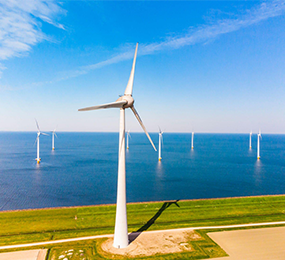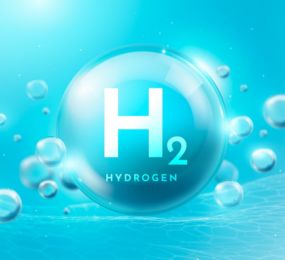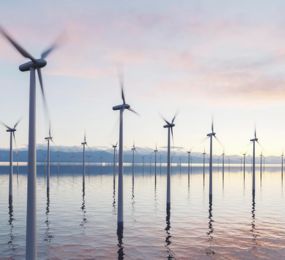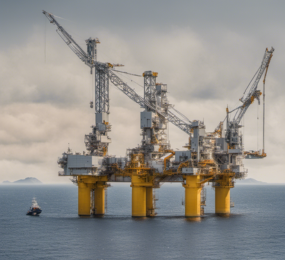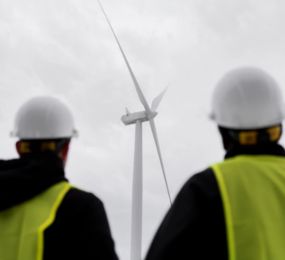The vast offshore wind farms, harnessing the power of the wind, stand tall as testaments to human ingenuity. However, the very environment that empowers them – the open seas and unpredictable weather – also presents inherent safety challenges for operations and maintenance (O&M) personnel. At the 3rd Annual Offshore Wind Operations & Maintenance Forum in Berlin, we delve into the paramount importance of safety and explore essential measures to safeguard the well-being of those working at sea.
Building a Foundation of Safety:
-
Personal Protective Equipment (PPE): Equipping personnel with high-quality, weather-appropriate gear, including life jackets, harnesses, and immersion suits, is the first line of defense.
-
Comprehensive Training and Certification: Rigorous training programs, aligned with industry standards, equip personnel with the necessary technical skills, safety protocols, and emergency response procedures.
-
Rigorous Risk Assessments: Proactive assessment of potential hazards associated with tasks, weather conditions, and equipment allows for implementing appropriate mitigation strategies.
Ensuring Constant Vigilance:
-
Emergency Preparedness: Establishing robust emergency response plans, holding regular drills, and maintaining readily accessible emergency equipment ensures swift and effective response to unforeseen situations.
-
Effective Communication: Clear and concise communication channels between personnel onshore and offshore are crucial for coordinating tasks, reporting issues, and ensuring timely response during emergencies.
-
Real-time Weather Monitoring: Utilizing advanced weather monitoring systems and incorporating real-time data into planning and decision-making processes allows for proactive measures in the face of changing weather conditions.
Embracing Innovation for Enhanced Safety:
-
Advanced Training Tools: Utilizing virtual reality or augmented reality simulations for training enhances knowledge retention and prepares personnel for real-world scenarios.
-
Remote Monitoring and Assistance: Leveraging remote monitoring technologies and expert support from onshore teams can provide crucial assistance during complex situations.
-
Autonomous Systems for Hazardous Tasks: Utilizing robots or drones for specific tasks like blade inspections minimizes risk exposure for personnel in high-risk situations.
To register or learn more about the Forum please check here: https://bit.ly/3PnCoWn
For more information and group participation, contact us: [email protected]



